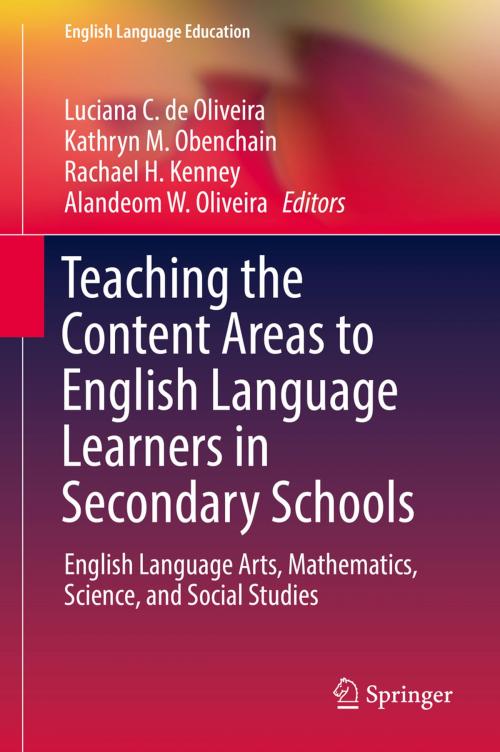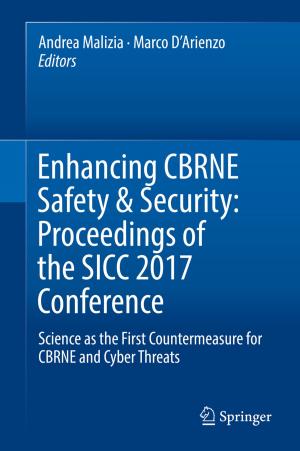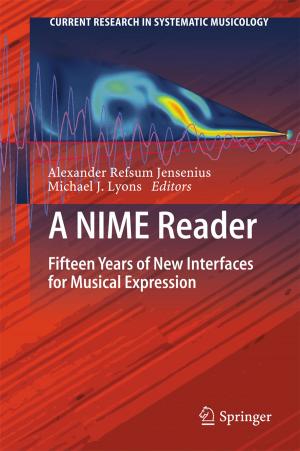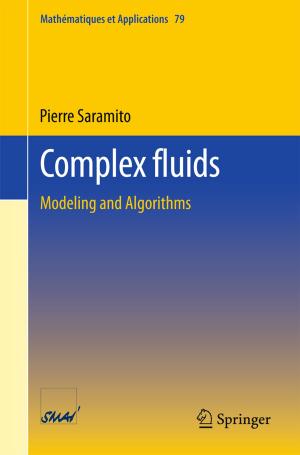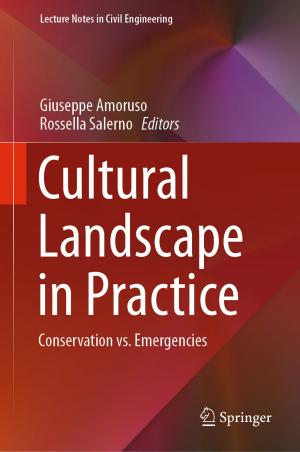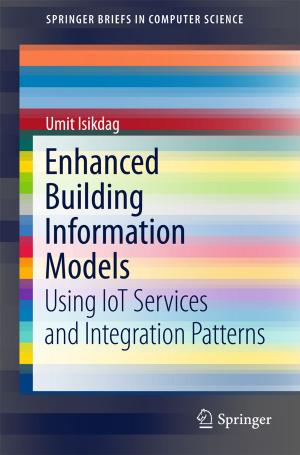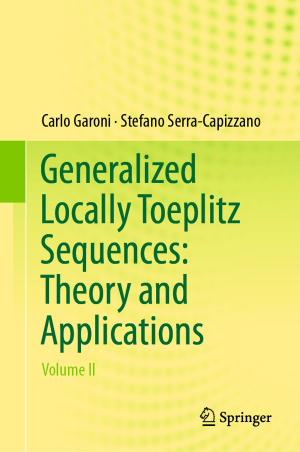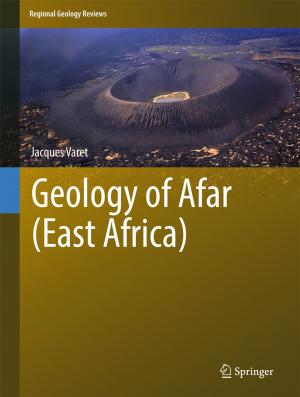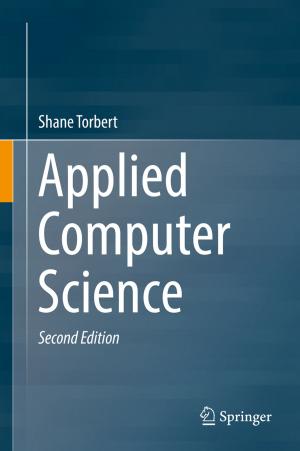Teaching the Content Areas to English Language Learners in Secondary Schools
English Language Arts, Mathematics, Science, and Social Studies
Nonfiction, Reference & Language, Education & Teaching, Teaching, Language Experience Approach, Language Arts| Author: | ISBN: | 9783030022457 | |
| Publisher: | Springer International Publishing | Publication: | January 17, 2019 |
| Imprint: | Springer | Language: | English |
| Author: | |
| ISBN: | 9783030022457 |
| Publisher: | Springer International Publishing |
| Publication: | January 17, 2019 |
| Imprint: | Springer |
| Language: | English |
This practitioner-based book provides different approaches for reaching an increasing population in today’s schools - English language learners (ELLs). The recent development and adoption of the Common Core State Standards for English Language Arts and Literacy in History/Social Studies, Science, and Technical Subjects (CCSS-ELA/Literacy), the Common Core State Standards for Mathematics, the C3 Framework, and the Next Generation Science Standards (NGSS) highlight the role that teachers have in developing discipline-specific competencies. This requires new and innovative approaches for teaching the content areas to all students.
The book begins with an introduction that contextualizes the chapters in which the editors highlight transdisciplinary theories and approaches that cut across content areas. In addition, the editors include a table that provides a matrix of how strategies and theories map across the chapters. The four sections of the book represent the following content areas: English language arts, mathematics, science, and social studies. This book offers practical guidance that is grounded in relevant theory and research and offers teachers suggestions on how to use the approaches described.
This practitioner-based book provides different approaches for reaching an increasing population in today’s schools - English language learners (ELLs). The recent development and adoption of the Common Core State Standards for English Language Arts and Literacy in History/Social Studies, Science, and Technical Subjects (CCSS-ELA/Literacy), the Common Core State Standards for Mathematics, the C3 Framework, and the Next Generation Science Standards (NGSS) highlight the role that teachers have in developing discipline-specific competencies. This requires new and innovative approaches for teaching the content areas to all students.
The book begins with an introduction that contextualizes the chapters in which the editors highlight transdisciplinary theories and approaches that cut across content areas. In addition, the editors include a table that provides a matrix of how strategies and theories map across the chapters. The four sections of the book represent the following content areas: English language arts, mathematics, science, and social studies. This book offers practical guidance that is grounded in relevant theory and research and offers teachers suggestions on how to use the approaches described.
